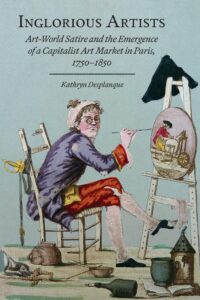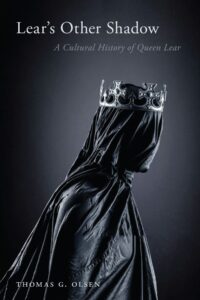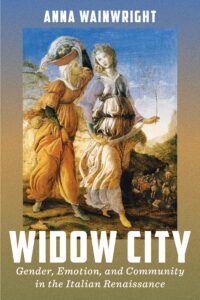Hagiography in Marguerite de Navarre’s Heptaméron: Saints and Debates in Renaissance France
Marguerite de Navarre was one of the most educated and powerful women of Renaissance Europe. Along with her active engagement in politics and religion, she was a patron of the arts and a prolific writer. The Heptaméron, her celebrated collection of tales and debates, offers readers invaluable insights into diverse aspects of sixteenth-century French society. […]
Icons of the Fantastic: Illustrations of Imaginative Literature from The Korshak Collection
Icons of the Fantastic: Illustrations of Imaginative Literature from The Korshak Collection features artwork by pioneering artists from over a century of published works of science fiction and fantasy. Erle Korshak, publisher of a groundbreaking science fiction book company, Shasta Publishers, ushered in the transition of important science fiction literature from magazines printed on cheap […]
Inglorious Artists: Art World Satire and the Emergence of a Capitalist Art Market in Paris, 1750-1850
This book is also freely available online as an Open Access digital edition on the Mainfold platform, here. Inglorious Artists traces the origins of the image of the starving artist to late eighteenth- and early nineteenth-century France, where practicing and aspiring visual artists mobilized the emerging genre of graphic satire to publish hundreds of satirical […]
Lear's Other Shadow: A Cultural History of Queen Lear
Lear’s Other Shadow: A Cultural History of Queen Lear offers a deep cultural analysis of the figure of Queen Lear, who shadows and eventually sometimes overshadows her royal husband across the nearly 1000-year life of this archetypal tale. What appears to be a deliberate strategy of suppression, even erasure in Shakespeare’s King Lear later inspired dozens […]
Widow City: Gender, Emotion, and Community in the Italian Renaissance
Widow City: Gender, Emotion, and Community in the Italian Renaissance investigates the evolving role of the widow from allegorical subject to author in medieval and early modern Italian literature, from canonical authors such as Dante, Petrarch, and Boccaccio, who constructed a rich poetic vocabulary around widowhood, to the numerous widowed writers who rose to prominence in the sixteenth […]




